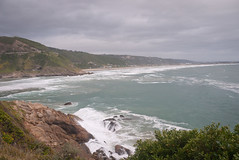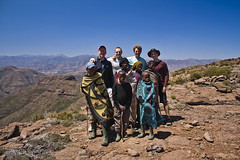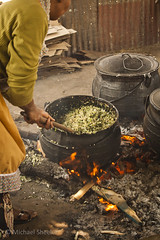Cape Town
11/21/11
Have you ever seen the movie Invictus? There’s a beautiful scenery shot of Table Bay, Cape Town, and the breathtaking surrounding mountains. I was watching that movie with some friends last summer and at that scene, one of them looked back, pointed at me, and mouthed, “that’s going to be YOU!” That seemed surreal. Not … Continue Reading ››


